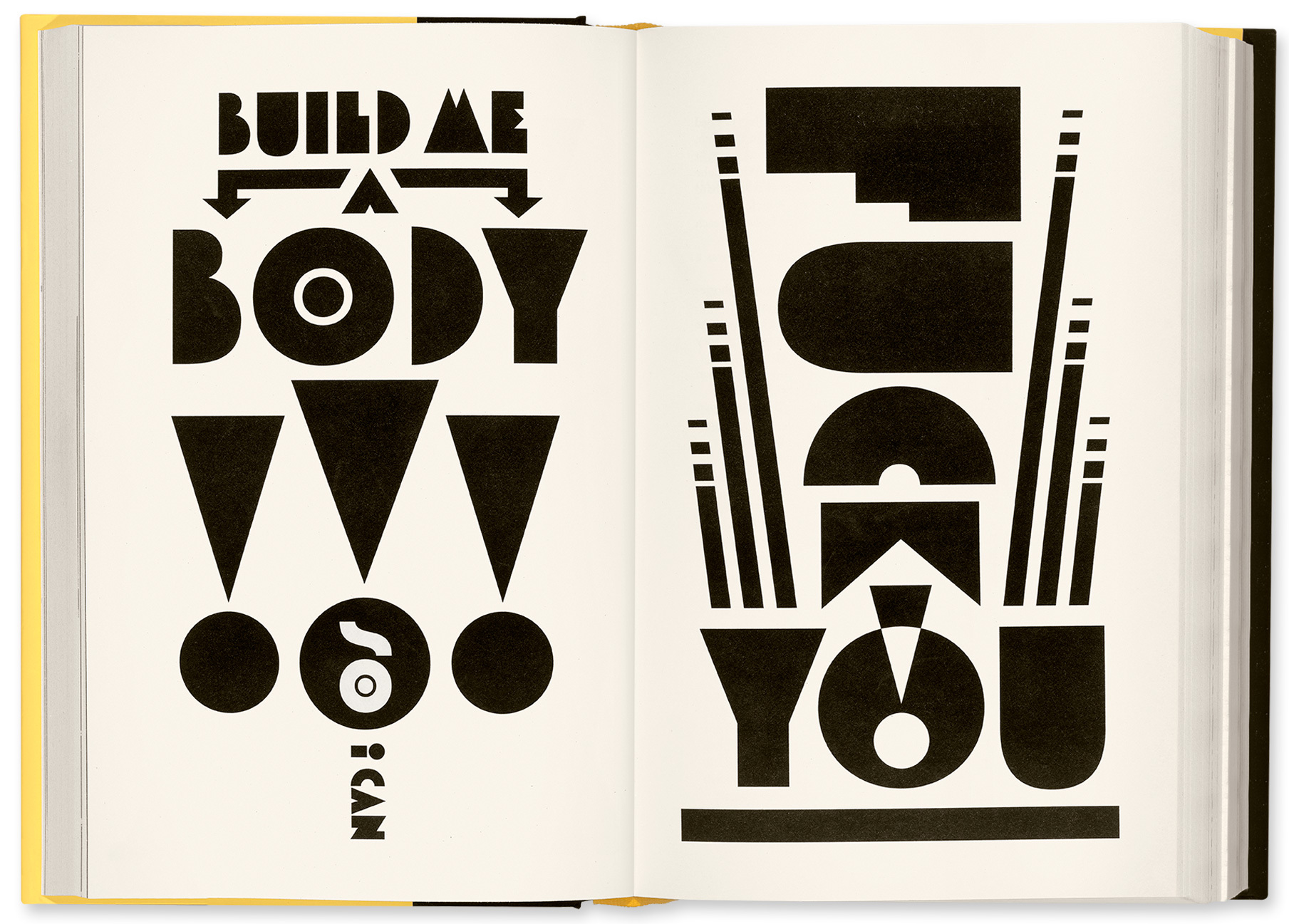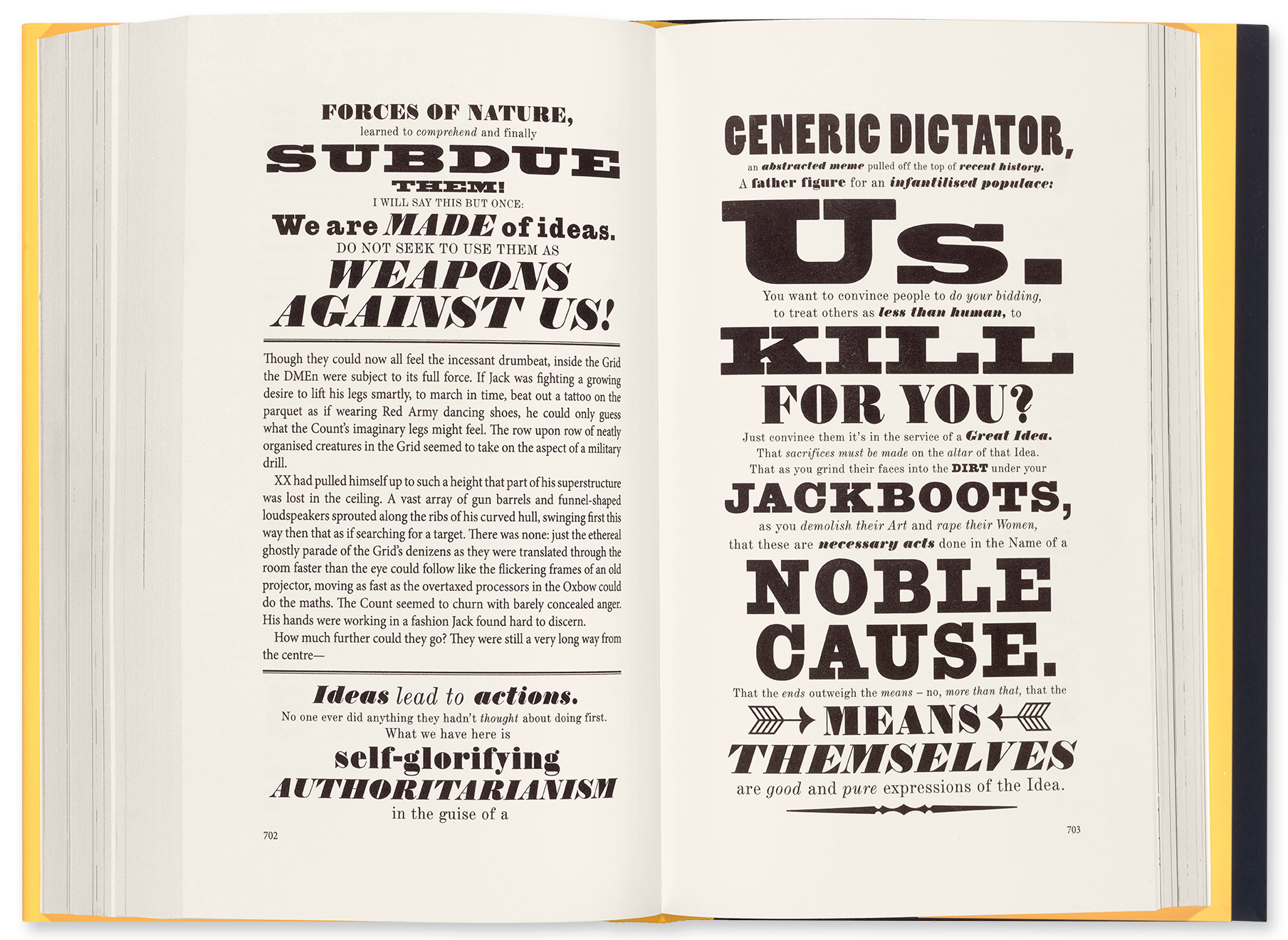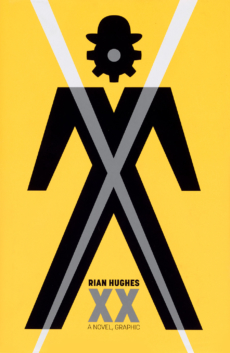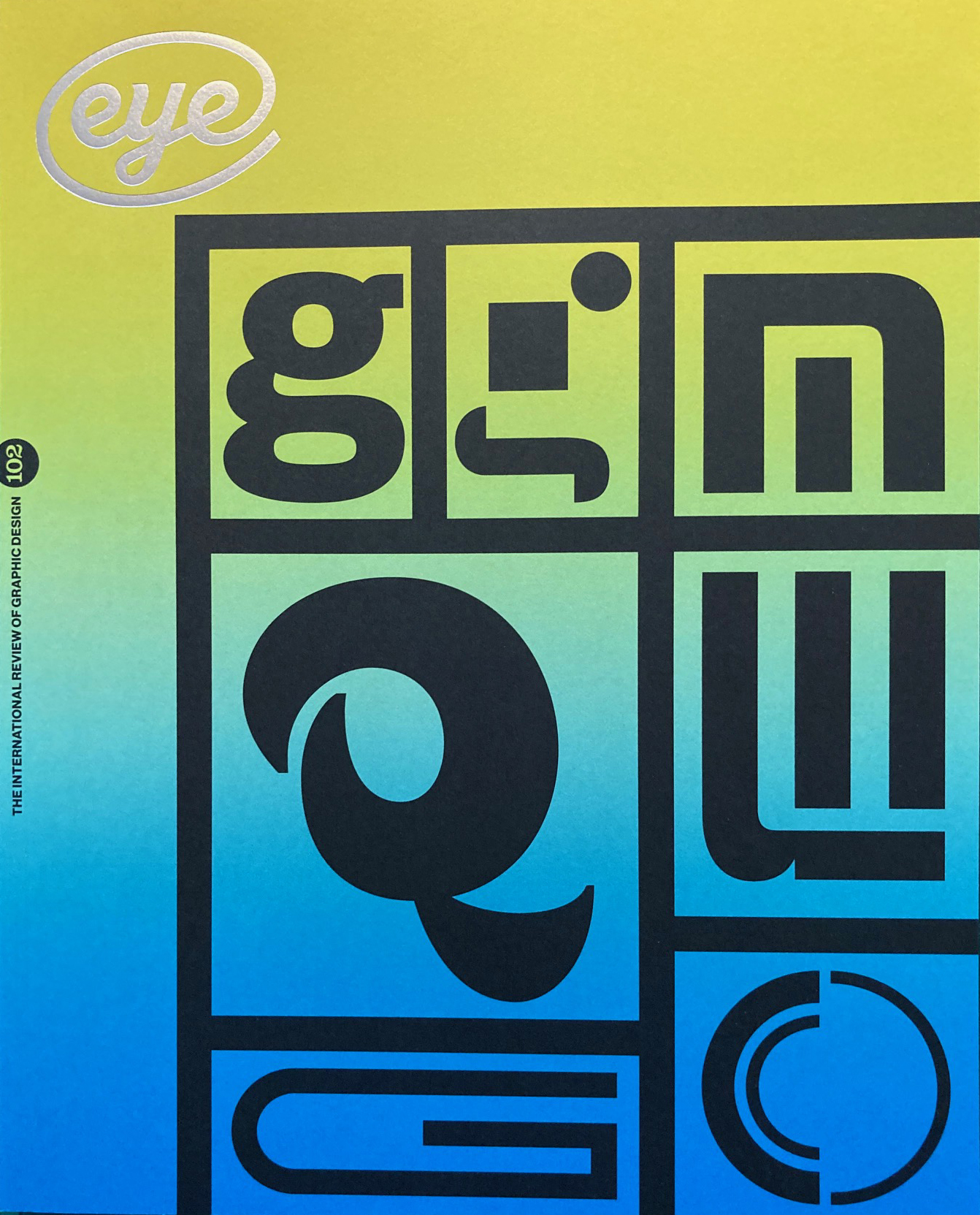Autumn 2021
Sci-fi high
XX: A Novel, Graphic
Written and designed by Rian Hughes. Pan Macmillan, £20.
I have not enjoyed a novel as much as Rian Hughes’s XX: A Novel, Graphic for some time, writes Malcolm Garrett.
Not since I first started reading the science fiction of Philip K. Dick, Robert Sheckley and John Sladek, in fact. The comparison is in the way they made me rethink concepts of the linearity of time and of parallel worlds. Hughes proposes a new way of looking at storytelling by reconsidering the visual construction of prose.
Every graphic designer will tell you that typography brings text to life, yet it is seldom, if ever, used to enhance writing in the way that XX does. Hughes refers to it as adding the dimension of time, in the way that a comic book uses a sequence of static imagery to convey a sense of evolving situations over time.
This is a book about ideas and where they exist. On every page, there is a stimulating turn of phrase or a new strand of thought. It considers existence as a cerebral concept – the notion that thoughts and the imagination exist separately from the physical body. It asks the question: ‘what and where are thoughts when there are no people to think them?’
Right and above. Spreads from XX: A Novel, Graphic by Rian Hughes.

Hughes observes that ideas do not replicate themselves, and books are not the same as ideas. Instead, ideas are transmitted only from person to person. Ideas infect the human brain, and books are but one conduit. This book suggests another, an ‘ideaspace’ where ideas are ‘real’.
Cover of Rian Hughes’s novel XX.

The central premise of XX is that alien lifeforms, in the form of code for artificial intelligence, have been projected to Earth. A small Hoxton-based company, the Intelligencia Corporation, finds a way to decipher this. Hughes’s skill is in bringing a graphic designer’s visual sensibility to convey the tale.
XX is nearly 1000 pages long and packed with innovative concepts and tangential references. An essential read for designers and typographers, as well as for science fiction fans, it reappraises what fiction can look like and poses an obvious question: why have I never seen this done before?
Malcolm Garrett, creative director, London
First published in Eye no. 102 vol. 26, 2021
Eye is the world’s most beautiful and collectable graphic
design journal, published for professional designers, students and
anyone interested in critical, informed writing about graphic design and
visual culture. It is available from all good design bookshops and
online at the Eye shop, where you can buy subscriptions and single issues.

